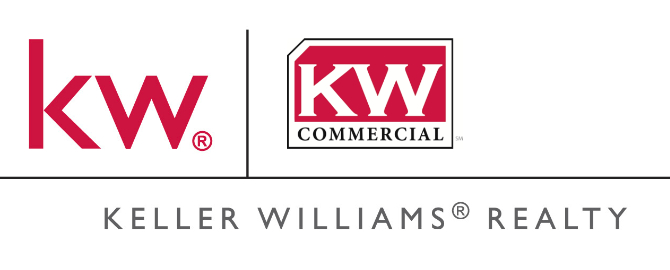This tax season I encountered a record number of business owners that were outright shocked to find out how much they owed for 2014 taxes. There are a few common questions I keep hearing.
#1 – How Did I End Up Owing Money?
There are four key areas that contributed this year to so many companies owing:
- Surprise Profitability
The last several years have been decent if you’re lucky but dismal for most. This caused most companies to pull back on quarterly tax prepayments, or often eliminate them altogether. - 2014 Was Better Than Expected
There is no question that 2014 started an upswing that is continuing to get stronger with each passing quarter (even for those companies have yet to feel the impact of that upswing). Once income began to flow again, many businesses were forced to make capital investments that were years overdue. This means that although 2014 was in fact more profitable, it wasn’t “felt” by many Owners. Not all investments may be written off in the current year. Even if the bank account hasn’t recovered, the P&L sheets have and additionally the IRS considers many to be profitable and out of AMT. Even if the bank accounts don’t reflect the same. - Tax Breaks Disappeared
Without many major tax breaks that companies have not only come to enjoy, but have come to count on, many are finding themselves with unexpected increases to their tax liabilities. - Tax Rates Increasing
Tax rates have increased, for example; the recent Personal Limit increase to 40% and Capital Gains increasing from 15% – 25%.
#2 – Why Didn’t My CPA Warn Me?
Many owners are left wondering:
- Did my CPA let me down?
- Why didn’t they prepare me for this?
The reality is, your CPA only knows the information you provide to them And for most of us business Owners we don’t do our CPAs any favors. As Owners we know this, and if we are honest we’ll admit that we just don’t take the time necessary to discuss an overall tax strategy with our CPA.
Yesterday I spoke with one CPA that was completely unaware that their Client had purchased an additional building (over $2M in cost), and another CPA that upon delivery of our Cost Segregation report didn’t understand where we got our figures from only to find out the Client spent over $300K in renovations last year that they failed to tell the CPA about.
Most business Owners are guilty of … running their business. As business Owners, we make decisions today that are good for our company and good for our bottom line, with little to no regard of how it affects our tax strategy (and it usually wouldn’t cross our minds to call our CPA in the middle of summer to review something for next April).
#3 – What Can I Do About It?
Step #1 for most business Owners I’ve talked to is:
- Pound their fist on the desk angrily while complaining about the government
- When that ceases to provide relief move on to the below Step 2
Step #2 (True Step #1)
For some business Owners, you bit the bullet and made a payment yesterday, for others you either filed extensions or simply filed without making a payment and are going to wait for the dreaded IRS bills to arrive.
In either instance, the good news is that just because tax day has come and gone doesn’t mean your numbers are written in stone. There is over $200B in Federal Tax Incentives allocated to small and mid sized businesses to help offset your liability.
We’ve developed a simple online tool for business owners to check in 30 seconds if you qualify for any Federal Programs.
Click here to find out in 30 Seconds if you qualify for any Federal Tax Incentives.








